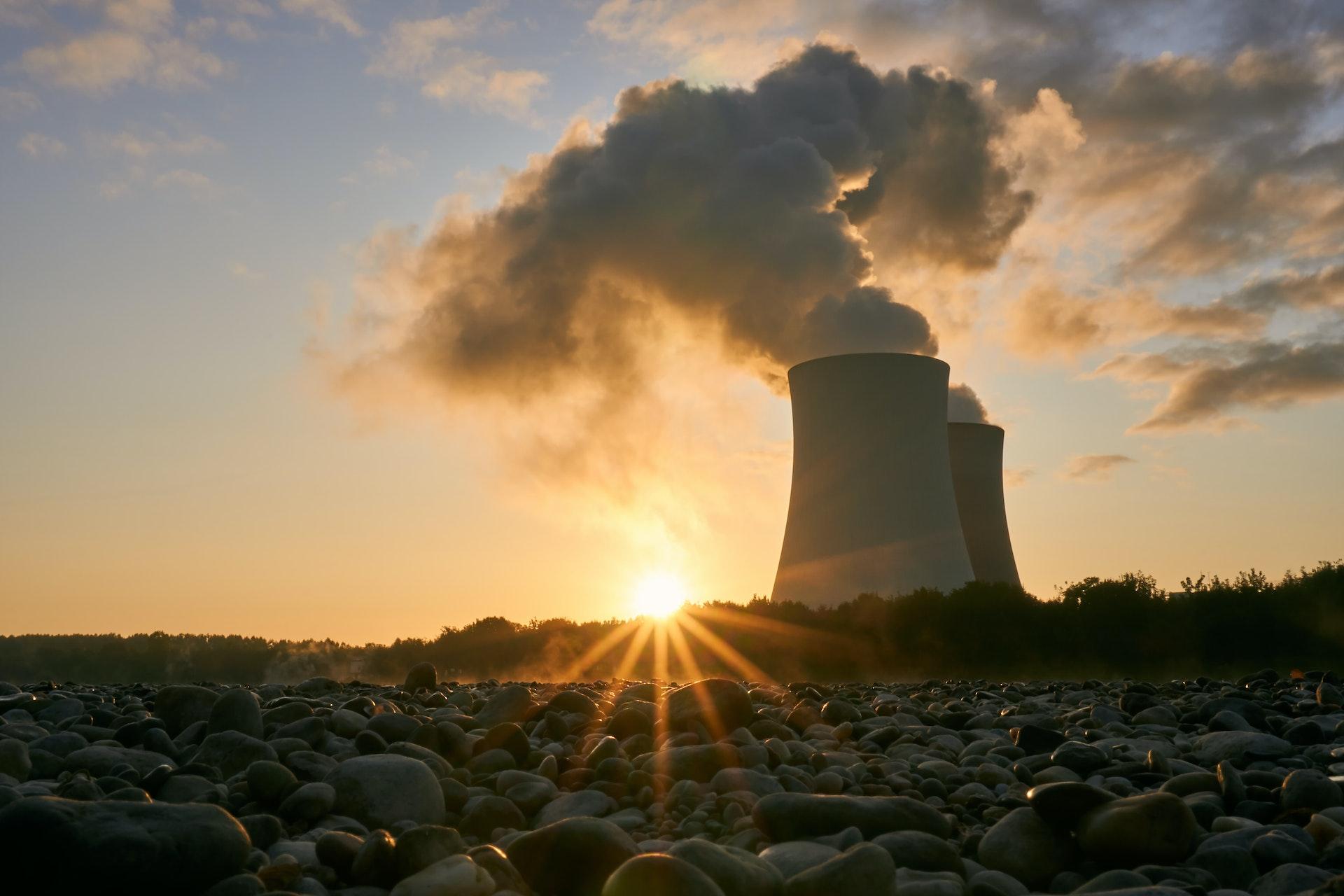
Nuclear power plant in Estonia is a Russian target
The spatial analysis presented by the Nuclear Energy Task Force,1 with most suitable locations being, to put it mildly, on the front line, leaves a lot to be desired. It is inconceivable that we are planning critical environmentally sensitive energy infrastructure for large-scale investment sites with a mentality that belongs to a time before February 24, 2022.
As Russia’s neighbour, planning a nuclear power plant has to take into account specific risks that most of the world’s countries operating nuclear power plants have not considered. From Russia’s point of view, attacking nuclear facilities is an accepted and normal part of military action.
This is what we saw last year in Ukraine – how an entire continent is being held hostage to nuclear terrorism in the form of the seizure of Zaporizhia, Europe’s largest nuclear power plant. Thus it became clear that the nuclear power plant has become a military object and a hybrid weapon with which to keep the cow trade going. Russia is no exception: similar tactics were used by Israel, for example, in Iraq in 1981 and in Syria in 2007 to neutralise nuclear facilities.4,5
Taking a broader view of energy security, the case of Ukraine also provides an example of the need for a strategic reserve of electricity infrastructure assets. It would be sensible to think about critical spare parts in advance, but even more important is to be guided by the recommendation of the United Nations Atomic Energy Agency not to build or consider building experimental nuclear facilities that have not been built or have no experience of operation in the world.
This is simply because if something goes wrong here, there are few people who can come to the rescue, because there is simply no experience abroad. If the threat materialises, civil defence should also be activated.
Presumably, we are still building a nuclear power plant to provide energy security and lower prices for our citizens, not to make money from electricity exports – one cannot run a modern country and society without electricity.
However, it must be remembered that a nuclear facility cannot be planned or built without considering the radiation risk. This brings us again and again to the example of Finland, which has a number of nuclear reactors and a realistic system for civil defence, including the painfully non-existent shelters.
Finland’s shelters are not only designed to protect its people in the event of Russian military aggression, but also in the event of a nuclear accident. The Finnish law2 on shelters stipulates that a shelter must also provide protection against ionising radiation, i.e. it is a multi-purpose facility with a strong national defence element.
Has this been taken into account in Estonia?
Up to now, this has been kept rather silent, but now at least the Estonian Minister of the Interior, Lauri Läänemets, has said that3 – it is not possible to build a nuclear power plant without developing the civil defence system, and that this also means building shelters.
When planning a nuclear power plant, and even when choosing its location, civil defence and security must be a priority, and the assessment of the socio-economic impact cannot be the main criterion for the choice of location when the neighbour is a terrorist country such as the Russian Federation.
In the current security situation, which is unlikely to change in our lifetime, the planning of a nuclear power plant, including the choice of the site, should be carried out by the institutions of national defence and internal security, with the involvement of competent external partners.
A nuclear power plant in a neighbouring Russian state is no longer a purely civilian object, because our terrorist neighbour will not hesitate for a moment to shoot it down or blow it up in order to fulfil its geopolitical ambitions.
If we don’t think about these important details as a society and collectively, we will end up in a situation where we recognise that situations that are given a low threat rating by officials in the SWOT analysis today, such as a nuclear power plant shooting or blowing up, are becoming a reality and we have not considered this possibility.
We must have the capacity to protect the enemy of a nuclear power plant and the population from that same nuclear power plant.
It is common sense that before we bring a peaceful atom into the house with great enthusiasm, we create a realistic and functioning system of civil defense. But this requires money and a change of plans – if we can manage the latter, the former will be a serious problem.
There is no spare money to take from the national budget. However, the development of civil defence is one of the existential issues for the survival of our country and nation, and any mistake will be severely punished – radiation affects both those in favour and those against, and neither the atom nor the nuclear terrorists are interested in excuses.
× The op-ed (by Anne-May Nagel) was first published on June 30, 2023 on the ERRi news portal. Photo: nuclear power plant (Markus Distelrath/Pexels, 2019).
References:
Broadcasting Corporation. 07.06.1981 (accessed 30.06.2023).
Jaga postitust:
